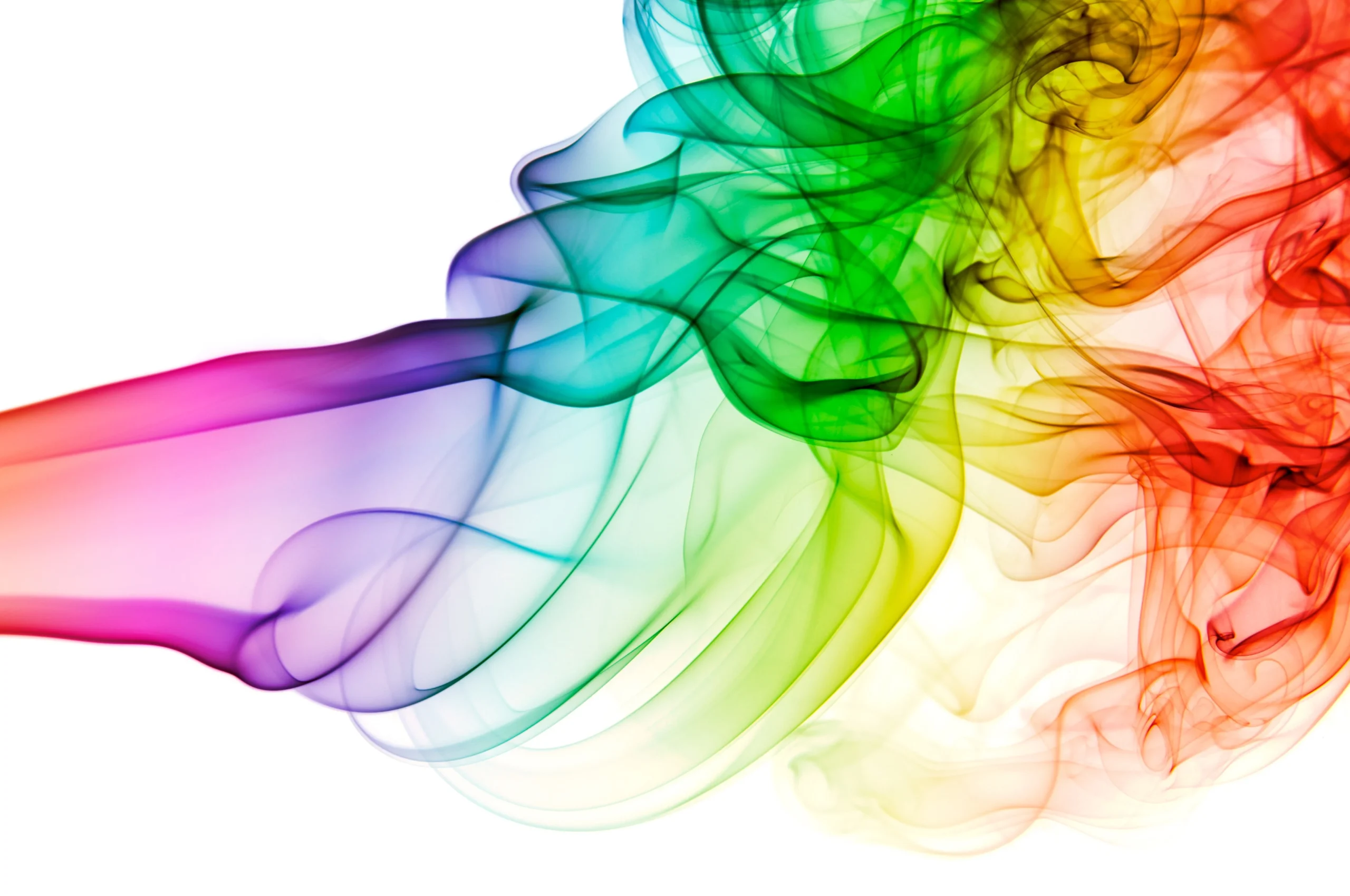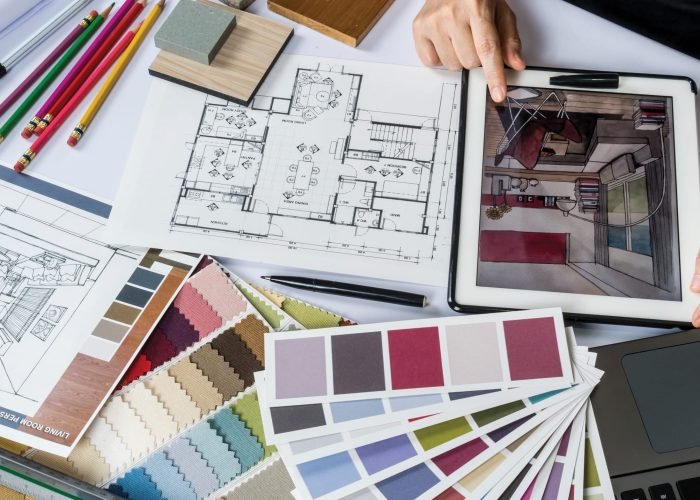
The Impact of Colors on Interior Spaces
Color plays a pivotal role in interior design, influencing a space’s mood, perception, and functionality. Understanding how different colors affect interior environments can help create spaces that are not only aesthetically pleasing but also emotionally and psychologically supportive. Let’s explore the various ways in which colors impact interior spaces.
Psychological Effects of Colors
1. Warm Colors:
- Red: Often associated with energy, passion, and excitement, red can stimulate the appetite and conversation, making it a popular choice for dining rooms and kitchens. However, excessive use can be overwhelming, so it’s best used as an accent color.
- Orange: Exuding warmth and enthusiasm, orange can create a lively and energetic atmosphere. It’s ideal for social spaces like living rooms and playrooms but should be used in moderation to avoid overstimulation.
- Yellow: Symbolizing happiness and optimism, yellow can brighten up a space and make it feel more inviting. It’s perfect for kitchens and bathrooms but can be harsh if overused in large areas.
2. Cool Colors:
- Blue: Known for its calming and serene qualities, blue is ideal for bedrooms and bathrooms, promoting relaxation and tranquility. Different shades of blue can evoke different feelings, with lighter blues being more calming and darker blues being more dramatic.
- Green: Representing nature and tranquility, green can create a refreshing and balanced atmosphere. It’s versatile and works well in almost any room, fostering relaxation and comfort.
- Purple: Associated with luxury and creativity, purple can add a sense of sophistication to a space. Lighter shades like lavender are calming, while darker shades like royal purple can create a more dramatic and opulent feel.
3. Neutral Colors:
- White: Symbolizing purity and simplicity, white can make a space feel larger and more open. It’s a versatile backdrop that pairs well with any color but can sometimes feel sterile if not balanced with warmer elements.
- Gray: Offering a sophisticated and modern look, gray is a versatile neutral that can create a calming and elegant atmosphere. It’s great for living rooms, bedrooms, and offices.
- Beige and Brown: These earthy tones bring warmth and comfort to a space, making them ideal for living rooms and bedrooms. They create a cozy and inviting environment that feels grounded and stable.
Functional Impact of Colors
1. Space Perception:
- Light Colors: Light colors like white, cream, and pastels can make a room feel larger and more open. They reflect more light, enhancing the sense of space and airiness.
- Dark Colors: Dark colors like navy, charcoal, and deep greens can make a room feel more intimate and cozy. They absorb light, creating a sense of enclosure and warmth.
2. Activity and Productivity:
- Vibrant Colors: Bright colors like red, orange, and yellow can boost energy levels and stimulate activity, making them suitable for creative spaces, gyms, and areas where high energy is desired.
- Calming Colors: Soft, cool colors like blue, green, and lavender can enhance focus and productivity by creating a serene and stress-free environment. They are ideal for offices, study areas, and bedrooms.
3. Balance and Harmony:
- Using a balanced color scheme can create harmony and cohesion in an interior space. Complementary colors (colors opposite each other on the color wheel) and analogous colors (colors next to each other on the color wheel) can be used to achieve a visually appealing and harmonious look.
In conclusion, color is a powerful tool in interior design that significantly impacts the mood, perception, and functionality of a space. By understanding the psychological and functional effects of different colors, designers can create environments that not only look beautiful but also support the well-being and productivity of their occupants. Whether aiming to create a calm retreat, a vibrant workspace, or a cozy gathering area, thoughtful color choices can transform any interior space into a more effective and enjoyable environment.



